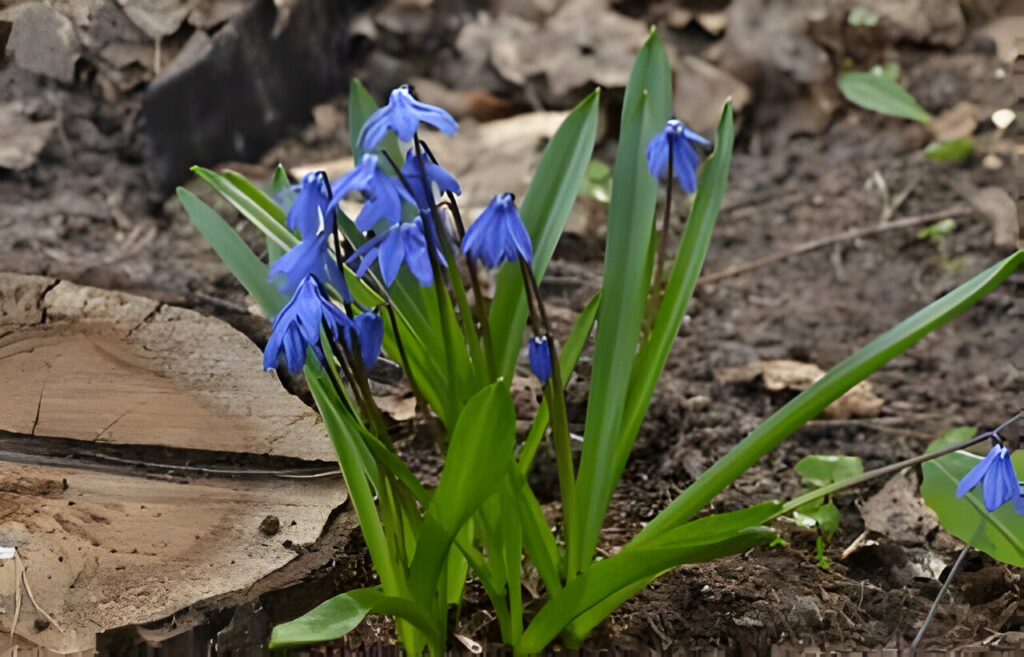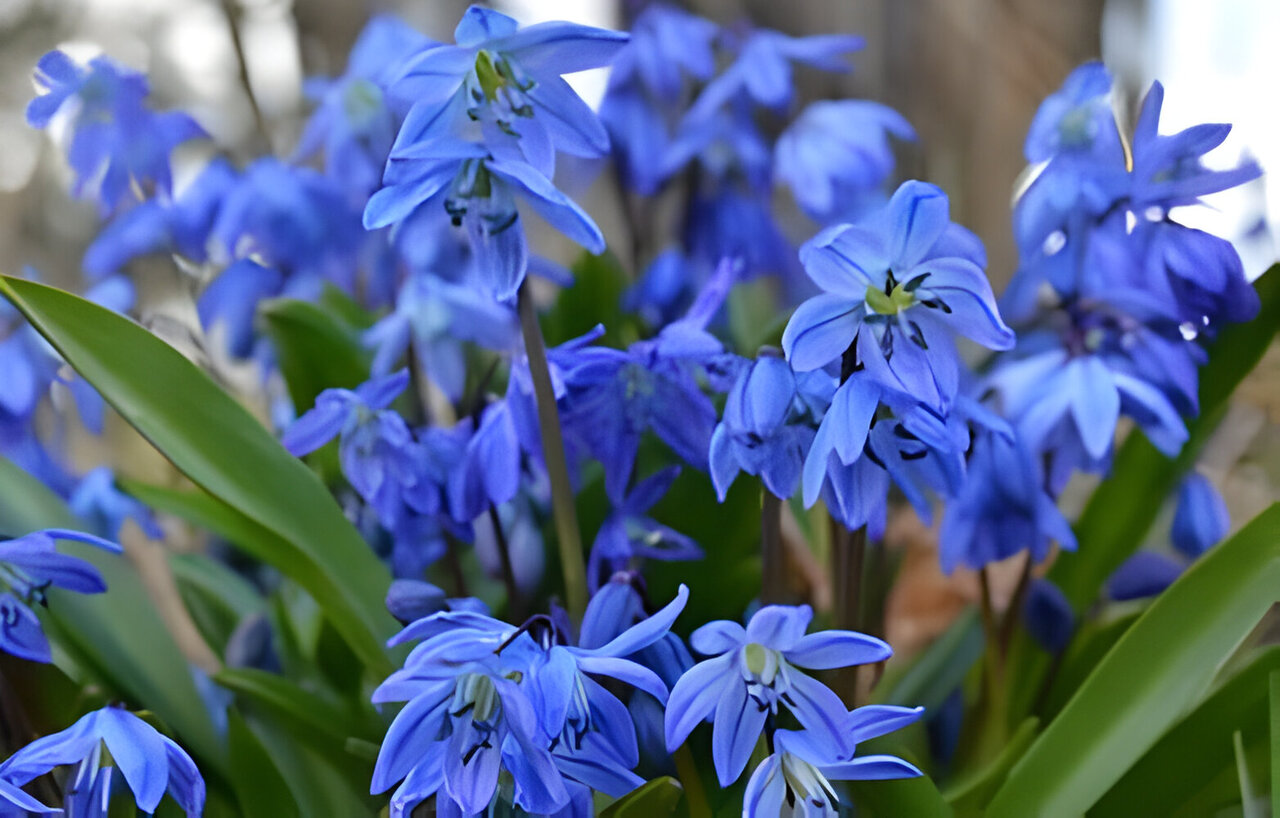As the city of Toronto embraces the arrival of spring, a seemingly harmless blue flower, the Siberian Squill, is causing a stir among its residents and local authorities.
This plant, which originally hails from Russia, has found a new home in Toronto’s gardens. Its striking blue-violet flowers may be a sight for sore eyes, but they conceal a potentially dangerous secret.
Beauty with a Bite

The Siberian Squill was initially introduced to North America due to its ornamental appeal. Its bell-shaped flowers, which eventually bloom into stunning one-inch-wide displays, are a sight to behold. Each petal is adorned with a darker stripe down the middle, adding to its visual charm.
However, this seemingly innocent plant poses a dual threat – to the local environment and to the health of humans and pets.
Environmental Hazard
The Siberian Squill’s resilience to the early spring cold has made it a favorite among gardening enthusiasts. Its ability to withstand harsh conditions allows it to bloom when many other plants cannot. However, this resilience comes with a downside.
The plant has a tendency to spread into natural areas, outcompeting and displacing native plant species. Its rapid growth and proliferation pose a significant threat to local ecosystems, disrupting the balance and leading to a loss of biodiversity.
Health Risk
What makes the Siberian Squill even more concerning is its toxicity. All parts of the plant – the bulbs, seeds, leaves, and flowers – are toxic if ingested. In humans and pets, it can cause a range of symptoms, including diarrhea, vomiting, and abdominal pain.
This is particularly worrisome for pet owners, as pets, especially dogs, may be tempted to chew on the plant, leading to potential health risks.
Proactive Measures
In response to this growing concern, Toronto’s Urban Forestry department has issued recommendations for dealing with the Siberian Squill. One suggested measure is to remove or mow the flowers before they can develop seed pods, which can help prevent the plant from spreading.
Digging up the bulbs is also recommended, followed by compacting the soil to minimize disturbance. However, the most effective strategy, according to officials, is to avoid planting the Siberian Squill in your garden in the first place.
Native Alternatives
For those who still wish to add a touch of blue to their gardens this spring, the Urban Forestry department recommends planting native spring flowering species.
These include the Virginia Bluebells, Wild Geranium, and Wild Strawberry. Not only are these plants safe, but they also contribute to the preservation of local ecosystems.
As we celebrate the arrival of spring and the beauty it brings, let’s ensure that our actions do not inadvertently harm our local ecosystems or our loved ones. By staying informed and making conscious choices, we can enjoy the beauty of nature while also preserving it for future generations.
FAQs
The Siberian Squill has become a problem in Toronto due to its rapid spread and displacement of native plant species. Its toxicity also poses a health risk to humans and pets who may ingest it.
Toronto’s Urban Forestry department has issued recommendations for dealing with the Siberian Squill. These include removing or mowing the flowers before they can develop seed pods, digging up the bulbs, and compacting the soil. The department also recommends planting native species instead of the Siberian Squill.




